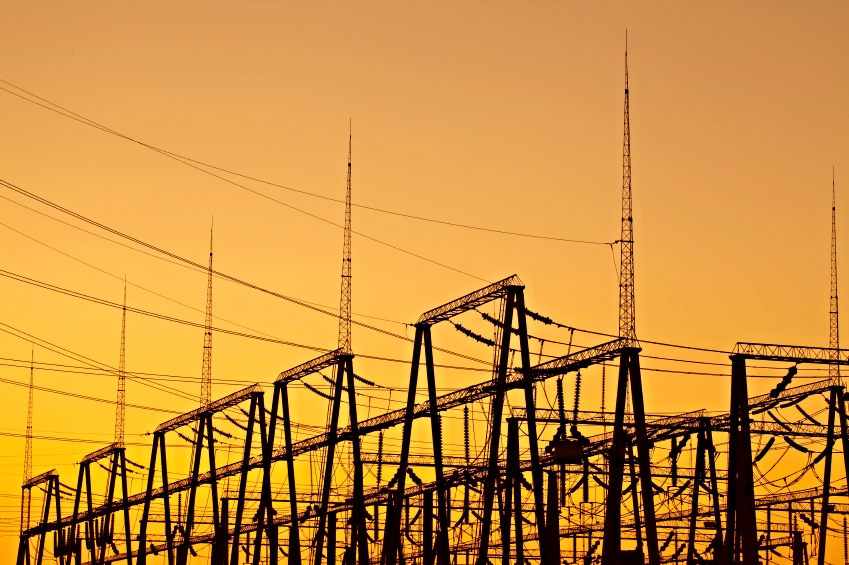 Ever since California’s Public Utilities Commission announced a new energy storage mandate last year, the storage market in California has exploded. Last week, Southern California Edison (SCE) announced that it would acquire 250 MW of energy storage system as part of a larger plan to acquire 2,221 MW of new generation assets. This week we learned more details of SCE’s overall plans for the future of its energy storage.
Ever since California’s Public Utilities Commission announced a new energy storage mandate last year, the storage market in California has exploded. Last week, Southern California Edison (SCE) announced that it would acquire 250 MW of energy storage system as part of a larger plan to acquire 2,221 MW of new generation assets. This week we learned more details of SCE’s overall plans for the future of its energy storage.
SCE is entering into a 20-year power-purchase agreement with AES Energy Storage to build what will be the world’s largest electrochemical battery, a 100-megawatt “in-front-of-meter” battery system. The system, which will be installed in a single large building at Alamitos Power Center in Long Beach, CA, must be completed by January 1, 2021. John Zahurancik, president of AES Energy Storage, said this contract “marks the emergence of energy storage as a cost-effective alternative to peaking power plants for local power capacity and reliability.”
In the more immediate future, at least 25 MW of storage will come from ice-making air conditioners. Ice Energy, the company behind the air conditioning units, takes advantage of lower electricity rates at night to cool water into ice, and then uses the ice to cool the buildings during the day. In total, Ice Energy won sixteen contracts to deploy a total of about 2,500 units in West Los Angeles.
Elsewhere, other utilities have taken note of the potential of energy storage. Oncor Electric Delivery Co., headquartered in Dallas, Texas, has expressed interest in investing more than $2 billion in a battery storage system in the state (subscription required). Oncor commissioned a study from the Brattle Group that estimated that three to five gigawatts of distributed storage, installed and integrated with the grid, would be the most cost-effective amount for the area of the state managed by the Electric Reliability Council of Texas (ERCOT). The study found that a customer’s monthly bill could fall by more than 30 cents by 2020 with the installation of three GW of storage. Edward Klump, writing for E&E News, notes that the savings could be even greater. “Potential savings related to storage, for certain customers, [could reach] 91 cents a month in reliability benefits,” although those savings may not be reflected directly in the bill.
"Considering both the impact on electricity bills and improved reliability of grid-integrated storage, the customer benefits would significantly exceed costs," Judy Chang, a Brattle principal and lead author of the study, said in a statement.
With all the media coverage, energy storage is well on its way to becoming one of the top advanced energy news stories of 2014. Look back on what stories topped the 2013 list by clicking here, and make sure you don’t miss this year’s list by signing up for AEE Weekly!
